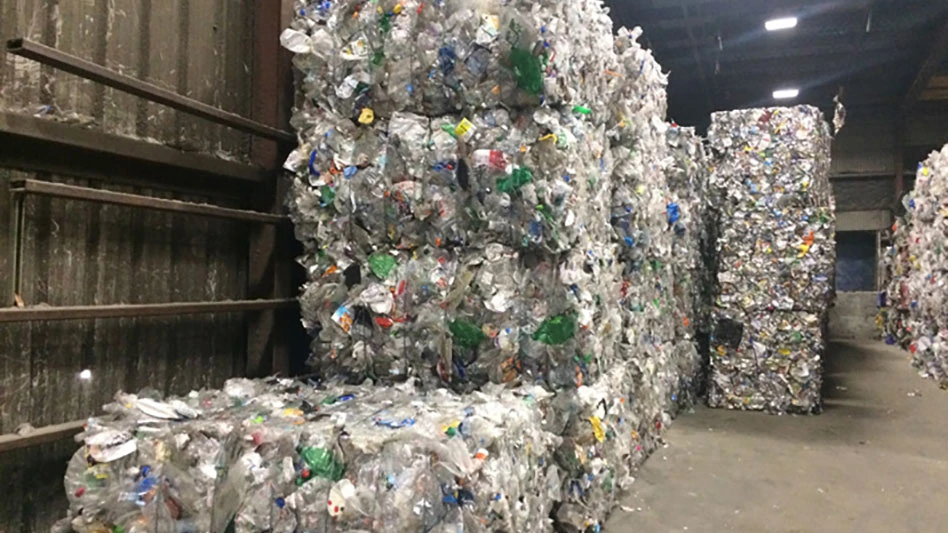For years, material producers have waged extended battles against one another for dominance in various products. Aluminum, once considered too expensive for use in beverage cans, now controls a majority of that market over the once-dominant steel can. Steel still dominates the food can market, although the plastics industry is attempting to make inroads there.
Polyethylene terephthalate and other plastics have gained a great deal of market share in areas of containers once dominated by glass. But the glass industry is fighting mightily to keep the share it has in containers for juices and other products.
One of the largest-volume markets where these materials wars take place is the automotive sector. Because steel is strong, durable and less expensive than some other materials, it has long been the product from which the majority (more than 70 percent) of the average automobile is manufactured. But concerns over reducing the weight of vehicles to achieve greater fuel economy and compensate for the many safety and environmental additions the modern car requires for regulatory compliance have fueled interest in substituting aluminum and plastics for some vehicle parts.
This month Recycling Today takes a look at steel’s most serious contender in the automotive arena – aluminum. This lightweight material is attractive to vehicle manufacturers in several respects, but the main obstacle the material faces is its higher cost. In order to compete with this challenge, steel producers have come forward with a new automotive mainframe made of especially light steel, which is still less expensive.
But despite any apparent setbacks, the aluminum industry is determined to make inroads into the automotive sector – and there appears to be a long-term commitment on the part of many aluminum producers to do what it takes.
"We are in the infancy of aluminum in autos," says Jacques Bougie, president and CEO of Alcan Aluminum Ltd., Montreal. "We are looking 40 to 50 years down the road. And it is not going to be a total conversion overnight."
So while steel continues to dominate the vehicle market, the aluminum industry’s persistent challenge keeps the steel industry on its toes, developing lighter and better automotive steel. In addition, the potential use of more aluminum in cars plays a role in auto manufacturers’ efforts to design future cars with recycling in mind. So we in the recycling industry can watch these ongoing battles with the hope that, regardless of the outcome, materials will continue improving, and recycling channels will remain open.
Get curated news on YOUR industry.
Enter your email to receive our newsletters.
Explore the August 2001 Issue
Check out more from this issue and find your next story to read.
Latest from Recycling Today
- MTM Critical Metals secures supply agreement with Dynamic Lifecycle Innovations
- McClung-Logan Equipment Company joins Tana’s authorized dealer network
- Grede to close Alabama foundry
- Plastics Recycling Conference 2025: Working toward their targets
- SWACO rolls out new commercial recycling and food waste programming
- Updated: Matalco to close Canton, Ohio, plant
- Metso launches electric Anode Weighing and Casting Machine
- Circular by Shapiro releases '5 for Five' sustainability series






